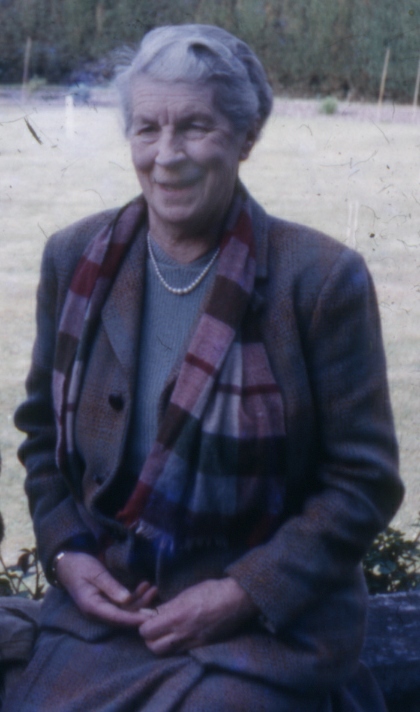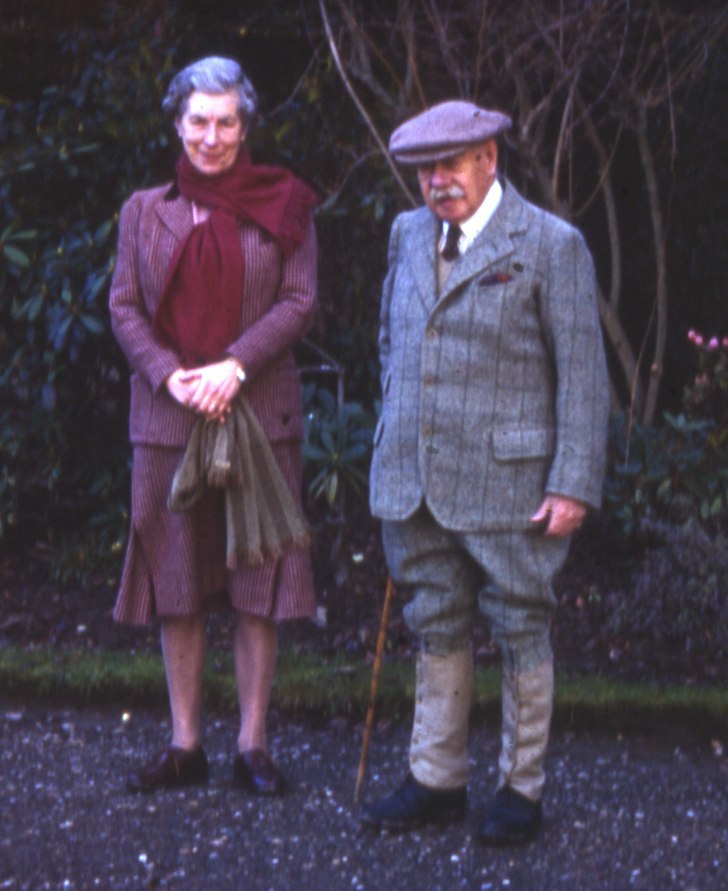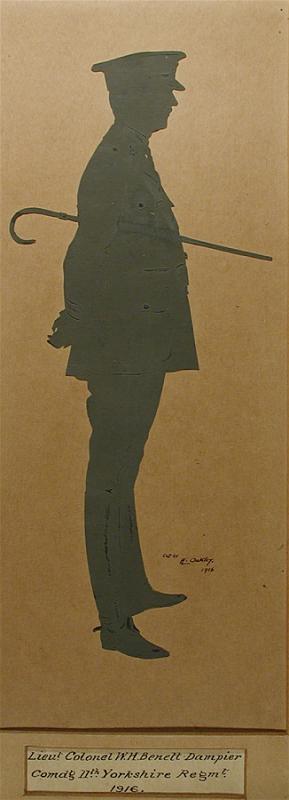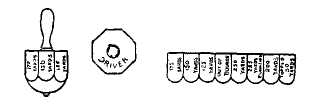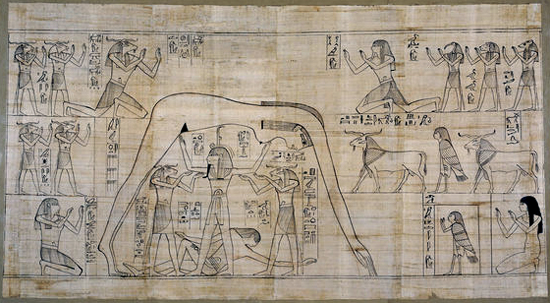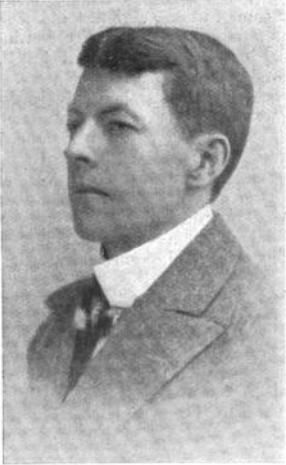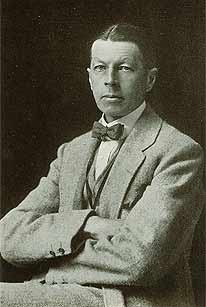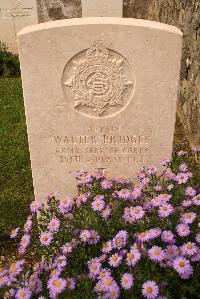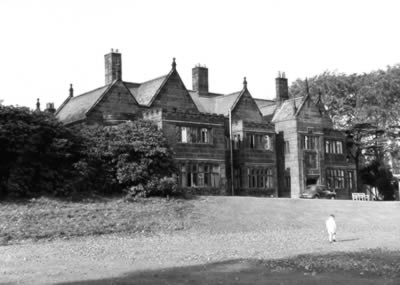
Morley Manor
image from Barnardos

Sacheverell-Bateman Mausoleum near St
Matthew's Church, Morley, Derbyshire built by Anna (Bridges)
Bateman in memory of Hugh Alleyne Sacheverell Bateman. The
building was designed by George Frederick Bodley with stained
glass by Burlison & Grylls.
image from The
Mausolea
& Monuments Trust
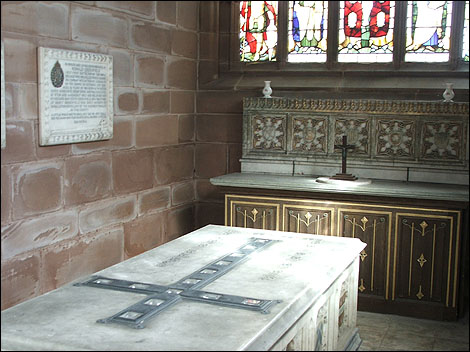
Tomb of Hugh Alleyne Sacheverell Bateman
in the Sacheverell-Bateman Mausoleum near St Matthew's Church,
Morley, Derbyshire
image from BBC
Places
